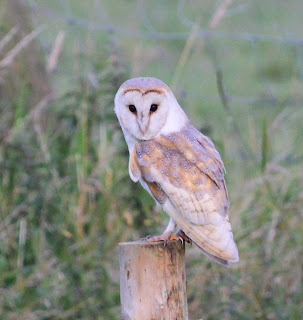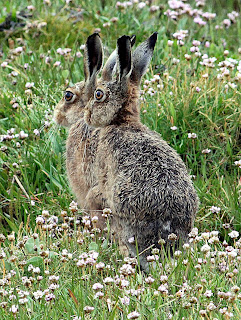Just like yesterday it rained most of the morning which fitted in quite well with our child minding duties, so I left it until lunch time before I went out in search of Skylarks at Pilling. I didn’t find a single nest today; I actually found two, one nest with four good sized young, just ready to ring, and a second nest in the course of construction.


Young Skylarks grow down that is superb camouflage when viewed from above, whereby the keen eyes of crows and Kestrels might just find them.


As yet there were no eggs in the second nest I found so I’ll keep an eye on it and do BTO Nest Records for both nests.

The story of the Skylark is a pretty sorry one. In the UK Skylark numbers have declined over the last 30 years, as determined by the Common Bird Census started in the early 1960s by The British Trust for Ornithology, and there are now only 10% of the numbers present 30 years ago. This massive decline is thought to be mainly due to changes in farming practices and only partly due to pesticides. In the past cereals were planted in the spring, grown through the summer and harvested in the early autumn. Cereals are now planted in the autumn, grown through the winter and are harvested in the early summer. The winter grown fields are much too dense in summer for the Skylark to be able to walk and run between the wheat stems to find its food. We are fortunate in this area that we have coastal nesting Skylarks, the two nests today I found alongside the sea wall in the grass that lines the sea wall.

Over the centuries the Skylark has inspired an abundance of writing and poetry, due mainly to its song. But considering that from earliest times Skylarks have given man so much pleasure, we have treated them appallingly. The French song Alouette, gentille Alouette, familiar to children the world over, goes on to describe in great detail how the lark is to be plucked; over the centuries millions of Skylarks have been killed and eaten. Fortunately we in the UK have moved on from these practices, but some Mediterranean people still eat larks and other small birds despite the “might” of the EU.
I spent a few hours seeking Skylarks today so didn’t see much else save for a passing Stoat that fortunately was some way off the Skylark nests, but an animal that is always a danger to ground nesters. At Lane Ends I could hear singing Reed Warbler and Blackcap, and then briefly, a large Peregrine overhead.

















































.jpg)












